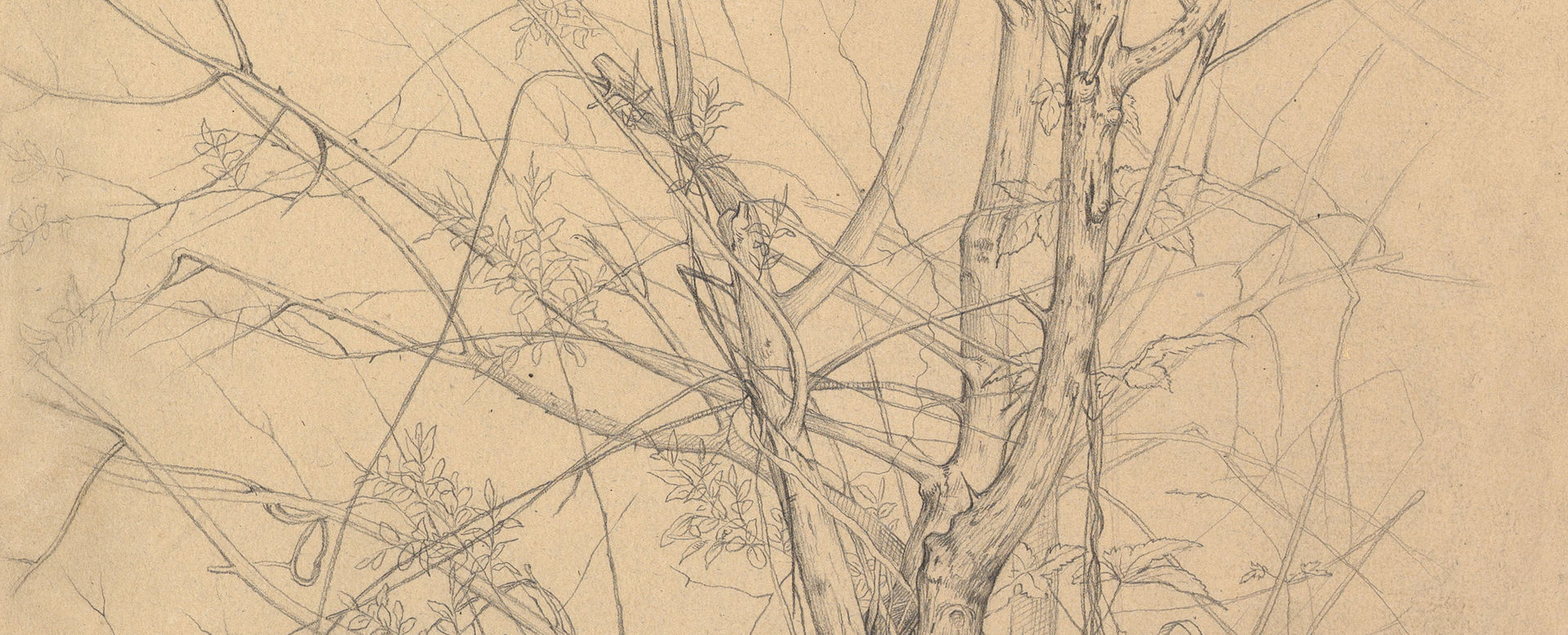Agia Paraskevi, Epirus, Greece
Edward Lear British
Not on view
Lear was a tireless traveler through Italy, Greece and the Middle East, making drawings that Arthur Stanley, dean of Westminster described as "topographical poetry." Between 1855 and 1857, he wintered in Corfu and made the present work during a three-week tour through northwestern Greece. The mountains were difficult to penetrate but the dramatic landscapes Lear discovered repaid the effort. Here he depicts a spectacular site behind the small church of Agia Paraskevi in the village of Drosopigi (Kantsiko). Sheer cliffs plunge down to a river gorge, snow-capped mountains are indicated in the distance, and Lear’s delight with the setting is suggested by his evocative notes at lower left on its distinctive sounds, "Nightingales, dim roar below." According to Lear’s biographer Vivian Noakes: "it was during the latter half of the 1850s...when [the artist] had given up hope of becoming a sought-after painter [in oils], that he produced his finest watercolours. He had achieved a masterly control of his medium, combining powerful composition with strong line and a fluid freedom in the handling of paint which would establish him as one of the great English watercolour painters."
This image cannot be enlarged, viewed at full screen, or downloaded.




